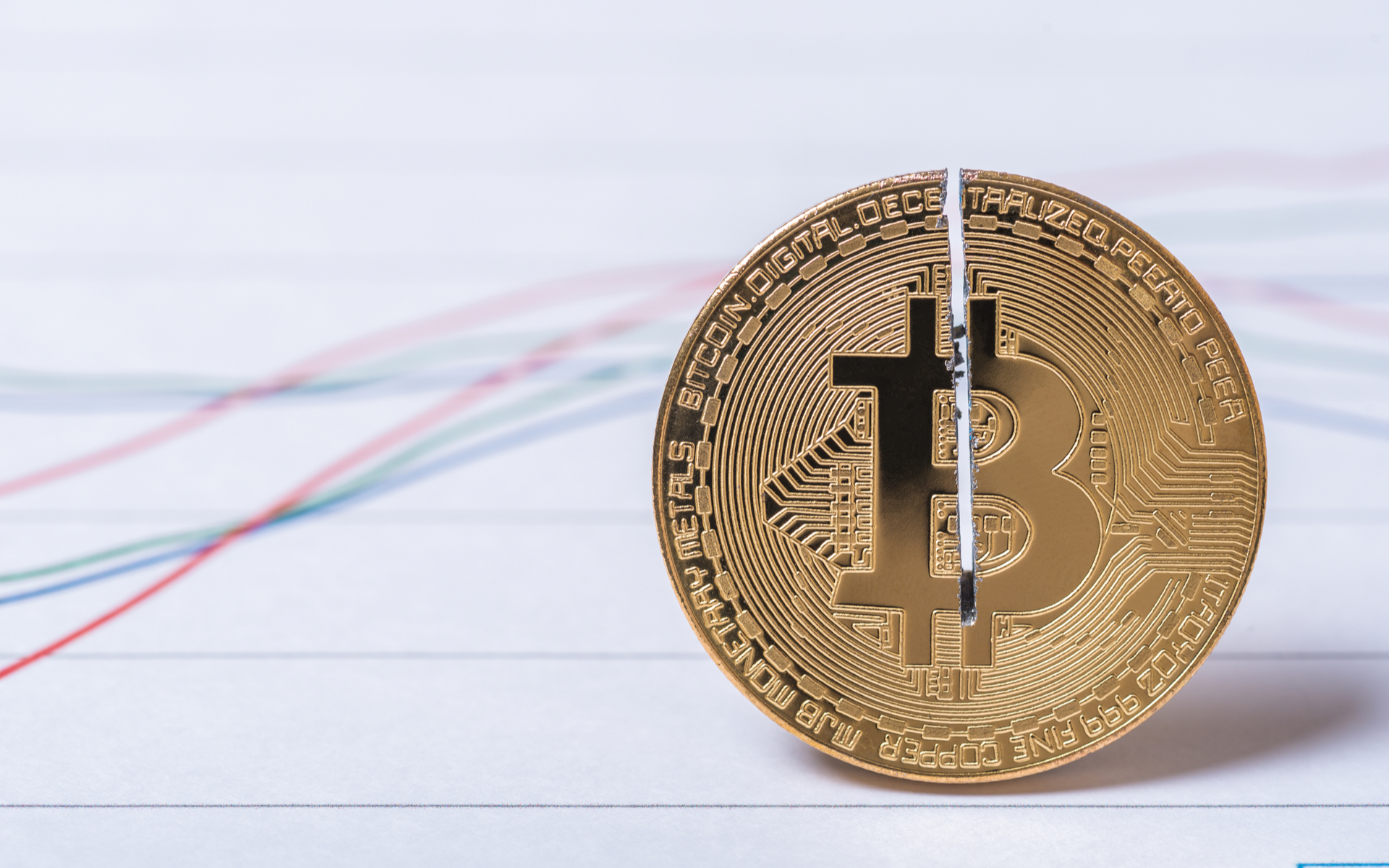
With just over two months to go and BTC still struggling under $9K, will Bitcoin’s halving really affect its price?
A Quick Recap of the Bitcoin Halving
The Bitcoin halving is currently less than 10000 blocks away, as tweeted out by Bitcoin core developer and educator Jimmy Song. The majority of people in the space anticipate it will have a major impact on bitcoin’s price. This is for several reasons.
Less than 10,000 blocks to go!
— Jimmy Song (송재준) (@jimmysong) March 3, 2020
Just as the supply of bitcoins is limited to 21 million, the mining reward for generating new blocks is reduced every four years or every 210,000 blocks. It is cut in half, hence the term “halving” (or halving). This will carry on until all the 21 million bitcoins are released into circulation.
With the capped supply, Nakamoto ensured that Bitcoin, unlike fiat currencies will never lose its purchasing power over time. In fact, a capped supply dramatically increases BTC’s odds of steadily increasing in price in the future.
This rise in price is what allows mining bitcoins to still be profitable to miners even with a reduced reward over time.
The mining reward is made up of the block subsidy and the transaction fees. The subsidy consists of newly generated bitcoins and is currently the largest part of the reward. The other part is made up of transaction fees paid by all the transactions included in the block.
The current reward is 12.5 bitcoins plus TX fees for the discovery of a new block. After the next Bitcoin halving the mining reward will be cut in half to 6.25 BTC. This will carry on until all bitcoins are released, at which point the network should be sustainable on transaction fees alone.
The Last Two BTC Halvings
The first Bitcoin halving happened on Nov 28, 2012, when the mining reward was reduced to 25 bitcoins. At the time of the halving, the price of BTC was approximately $11. Over the next year, Bitcoin would see its price increase to as much as $1,135 on Nov 29, 2013. A dramatic hike of 10,218%.
The second Bitcoin halving occurred on July 16, 2016, when the reward was reduced to its current rate of 12.5 bitcoins per block. This time around, the price did not react immediately.
In fact, after the last halving, BTC was locked in a rather dull trading range of between $500 and $800. This lasted all the way through to the end of the year. Then, on Dec 21, 2016, the price penetrated $800 and the halving rally was underway at last.
Over the next 12 months, an explosive bull market ensued with Bitcoin reaching its all-time high os $19,862 on Dec 18, 2017. A 2,827% percentage hike. So, based on these past results, it’s not surprising the community is getting excited.
Will This Halving Send Bitcoin Price Soaring?
Many prominent analysts in the space expect the halving to have a dramatic impact on bitcoin’s price. These include Fundstrat Managing Partner Thomas Lee, who sees bitcoin’s price more than tripling in 2020.
Other major influencers including Morgan Creek Digital’s Anthony Pompliano have frequently tweeted out their excitement over the upcoming event.
195 days until the next Bitcoin halving.
Less than 3 million Bitcoin left to mine.
Hash rate keeps hitting all-time highs.
We are watching the strongest computer network in the world continue to get stronger and stronger.
Incredible.
— Pomp 🌪 (@APompliano) November 1, 2019
Their enthusiasm is echoed by traders and HODLers alike who believe that the price of bitcoin will explode to the upside very soon.
2020 is the new 2016, the best is yet to come guys…
…U still have two months to catch the best price, then the real war to stack sats will begin!!!#Bitcoin #halving https://t.co/F6ZSnaNLoQ
— stefano.italy (@PBlockstar) March 2, 2020
However, it’s not a hard and fast rule that history will repeat itself. As one Redditor commented:
It’s a game of supply and demand. The halving reduces the supply.. so if demand stays the same price will have to go up.
February’s price decline was a decisive blow to the Bitcoin bulls. If demand decreases and prices dwindle, the mining reward could leave miners struggling and even force them out of business.
As February comes to end #Bitcoin dramatically plunges to under $9,000 per #BTC, having hit $10,000 earlier this year. With such a rapid decline in price and the upcoming #halving in May 2020 all eyes are on #cryptocurrency markets next move.
Read more: https://t.co/9LCt36rkIA pic.twitter.com/wIQbDC3bDx
— Crypto Research Report (@CryptoManagers) February 28, 2020
Even though bitcoin maximalists like Max Keiser are calling for a $400K bitcoin soon, it’s quite unlikely that bitcoin will see a dramatic price increase the likes of the previous two halvings.
In fact, there was a large reduction in terms of percentage gains from 2016 halving compared to 2012–some 72% less.
So let’s make an educated guess. If we take in the assumption that the rally will be 72% less than the 2016 halving, then we can expect BTC to make a substantial gain of 797% this time around.
Based on a BTC price of $9k on the next halving, we could expect to see its price reach as much as $71,730 in about 12 to 18 months from May 2020. This means that BTC price may not see any dramatic action for at least a year after the next halving.
Of course, these are just predictions and it’s impossible to predict the future direction of any speculative asset. But, with the information at hand, it looks likely that 2021 will be a good year for BTC price.
Will Bitcoin’s price react positively to the upcoming BTC halving? Let us know your thoughts below!
Images via Shutterstock, Twitter: @jimmysong, @CryptoManagers, @PBlockstar, @APompliano


















